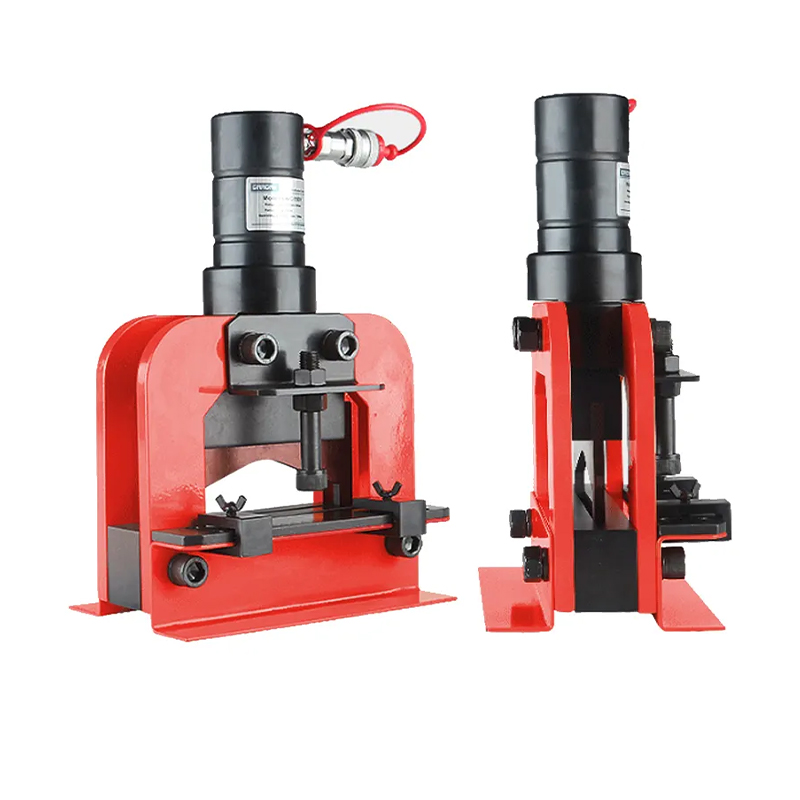



Angle iron processing machines are essential tools for metalworking, construction, and fabrication. They enable precise cutting, drilling, and shaping of angle iron, improving efficiency and consistency in production. For small workshops, selecting a machine that balances functionality, space efficiency, and cost is crucial.
Assessing Workshop Space and Layout
Space is often a primary concern for small workshops. Angle iron processing machines vary in size, from compact bench-top models to larger floor-standing units. Choosing a machine that fits comfortably within the available area without obstructing workflow is important. Consider the machine's footprint, required clearance for operation, and the space needed for feeding materials in and out. A compact, well-designed machine can provide the necessary functionality while keeping the workspace organized and safe.
Machine Capabilities
When selecting an angle iron processing machine, evaluate the types of operations it can perform. Many machines offer combined functions such as cutting, punching, and drilling, which can be advantageous for workshops with limited equipment. However, multifunction machines may be more complex and require careful operation. For small workshops, it is often practical to prioritize machines that handle the most frequently needed tasks efficiently without overwhelming the operator with unnecessary features.
Power Requirements and Efficiency
Smaller workshops may have limited electrical capacity. It is important to consider the power requirements of an angle iron processing machine before purchase. Machines with moderate power consumption can operate reliably on standard electrical circuits, while larger, high-powered models may require special wiring. Energy-efficient machines not only reduce operational costs but also allow for extended usage in smaller settings without straining electrical resources.
Ease of Use and Maintenance
For small workshop environments, user-friendly machines are preferable. Simple control panels, clear instructions, and intuitive operation reduce training time and minimize the risk of errors. Maintenance is another key factor; machines that are easy to clean, lubricate, and adjust ensure longer service life and fewer interruptions in production. Manufacturers often provide manuals and guidance on routine maintenance, which can be particularly valuable for workshops with limited technical staff.
Durability and Build Quality
Although compact machines are designed for smaller spaces, durability should not be compromised. Reliable angle iron processing machines are built with strong frames, precise cutting tools, and components that withstand regular use. For small workshops, investing in a machine that combines compact design with robust construction ensures consistent performance over time and reduces the likelihood of frequent repairs or replacements.
Budget Considerations
Budget is a practical consideration for small workshops. While high-end machines may offer extensive features, it is often more cost-effective to choose a machine that meets core operational needs. Assess the balance between price, functionality, and durability. Some suppliers offer financing or leasing options, which can make higher-quality machines accessible without straining the workshop's budget.
Selecting the right angle iron processing machine for a small workshop involves balancing space, capabilities, power requirements, ease of use, durability, and budget. Compact, versatile machines that focus on essential functions can provide efficient and reliable performance without overwhelming the workspace. By carefully evaluating these factors, small workshops can choose a machine that enhances productivity, maintains quality, and fits comfortably within their operational environment.
Product
Plumbing Tool Crimping Tool Cable Cutter Holemaking Pump Cutting,Bending,Punching Tool Cylinder Cable Stripper Pipe Bender Angle Iron Processing Machine Other Tools

Keep In Touch
